Management in Newford farm in Athenry, Co Galway, continues to be dominated by trying to cope with heavy rainfall and difficult ground conditions. A break in weather the previous week allowed the 50 remaining cows with calves at foot and batch of 61 yearling steers to be turned outdoors while the 46 yearling heifers were turned out at the start of the week.
Breeding commenced on 23 April when the 103 cows put forward for breeding were split into two batches. Farm manager Matthew Murphy says the greatest challenge this week has been achieving the best balance between grazing out paddocks and moving cows on to fresh paddocks before causing too much damage. Cows are grazing a few heavy paddocks at present which is creating challenges in grazing tight.
Matthew says quality is good, which should allow swards to be grazed tight in the next grazing. Grass growth on the Newford block over the previous seven days was recorded at 61kg DM/ha, slightly ahead of demand of 54kg DM/ha. The fact that growth is exceeding demand is important given that cows are grazing through swards faster due to the lower utilisation levels. Nitrogen will continue to be applied post-grazing, weather permitting, at a rate of 25 units per acre. Table 1 details grass budgeting details recorded on the Teagasc Pasturebase system.

On the positive side, breeding has started well, with 21 cows served in the first five days. AI is carried out daily at noon. Any cow that is in heat in the morning is inseminated. Cows that are still showing strong signs of heat that evening are inseminated again the following day. Matthew carries out AI.
This is the third year of AI being carried out once daily with the results from previous years proving it can work successfully. A vasectomised Friesian bull with a chin ball is being run with each group of cows and this along with tail paint is working well in identifying cows in heat. Tail paint is being reapplied after cows are inseminated but with red paint replacing green. Cows also have access to mineral buckets and are being closely monitored for grass tetany.
Sires being used this year are detailed in Table 2. The focus is on breeding terminal sires that will complement the plainer first-cross Angus x Friesian and Hereford x Friesian cow type.

Yearling performance
The yearling steers grazing on Tuohy’s block of land were grazing in one batch of 61 animals but Matthew says that this number is proving particularly hard to manage because animals are doing excessive damage during periods of heavy rainfall. These will now be split into two batches, with one batch possibly transferred temporarily to the Gort naHabhainn land block.
The steers weighed 431kg on 19 April having achieved an average daily gain (ADG) of 0.52kg over the extended winter housing period while their ADG since birth is 0.92kg. Yearling heifers weighed 384kg at turnout on 24 April. The heifers’ performance was hit harder than the steers by the longer housing period, with heifers gaining 0.37kg from housing to turnout with an ADG since birth of 0.83kg. The lower performance is a hidden cost of the long winter, with both groups on target up to March and achieving an ADG in excess of 0.6kg liveweight.




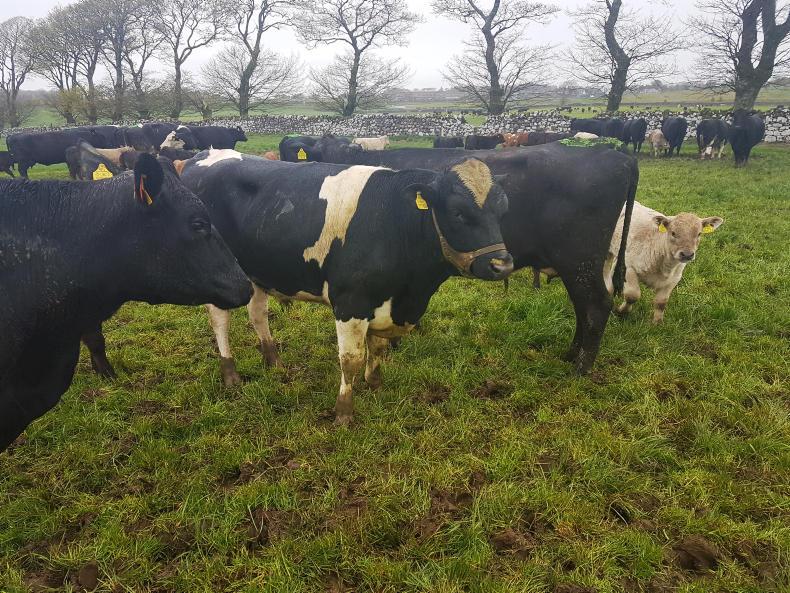


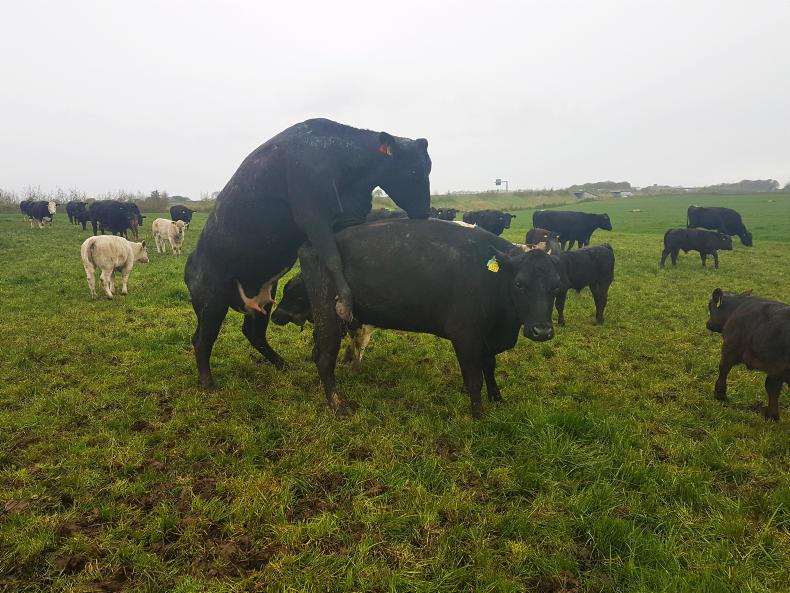
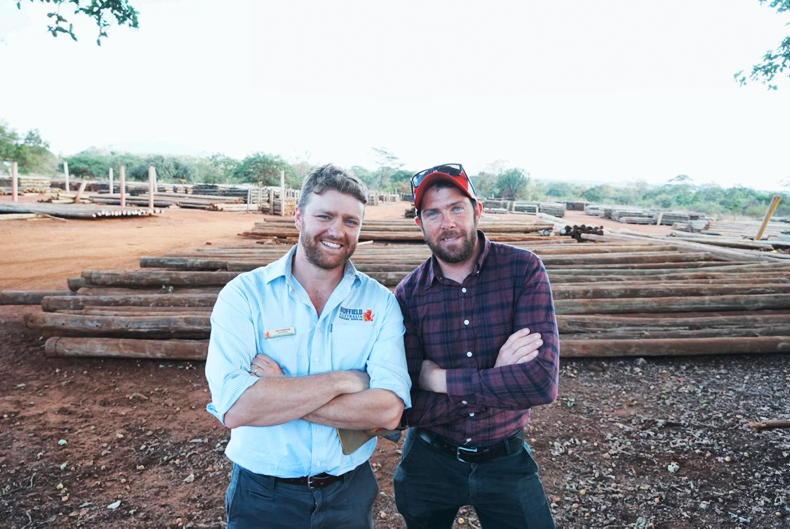

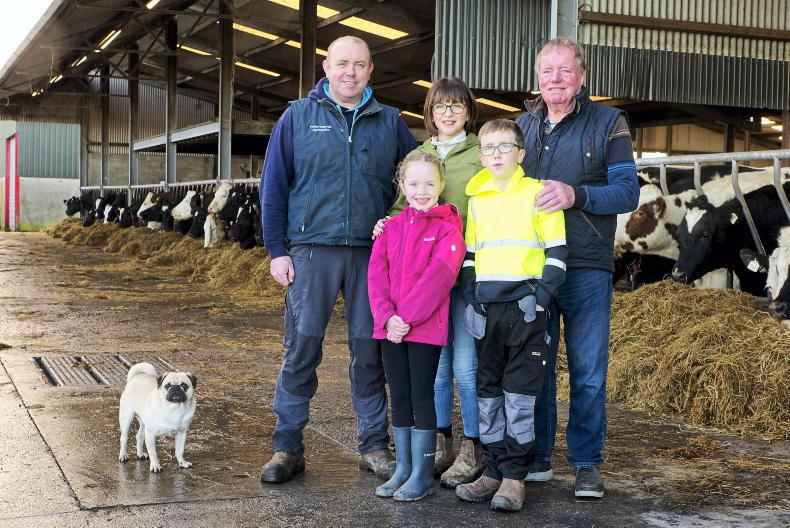
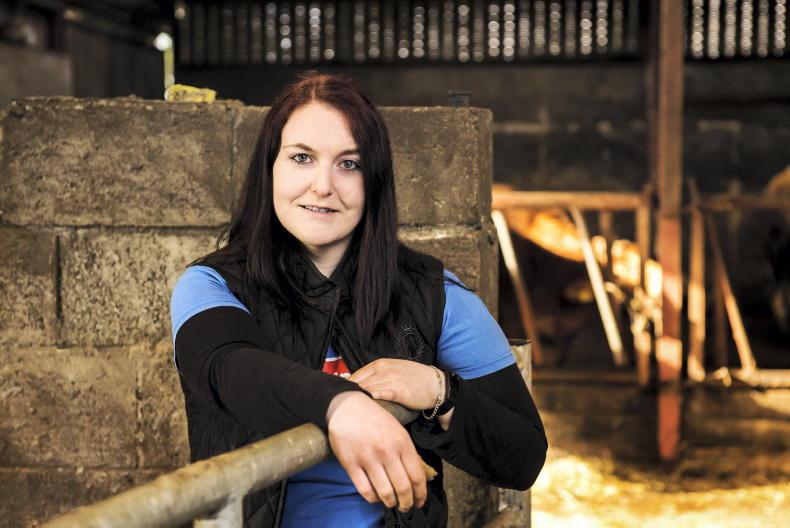
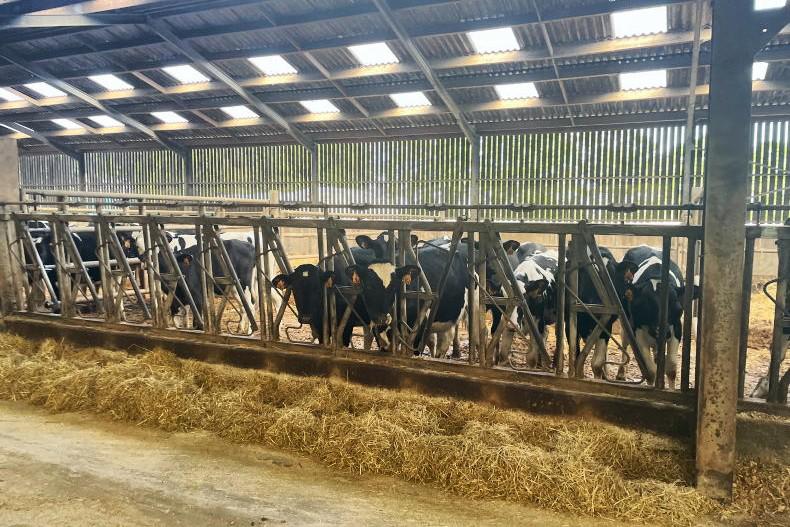
SHARING OPTIONS